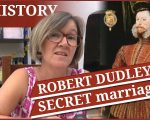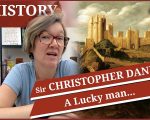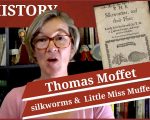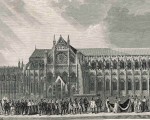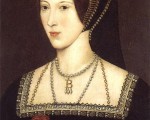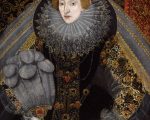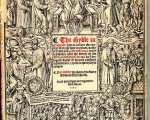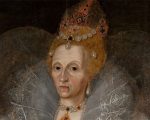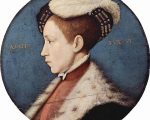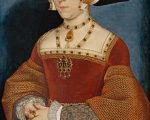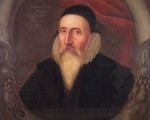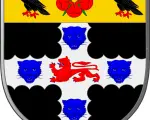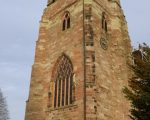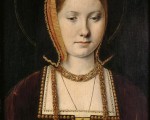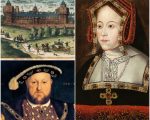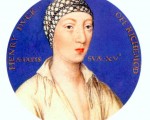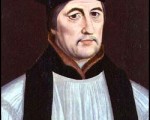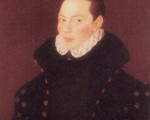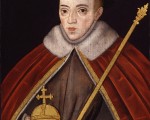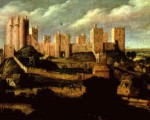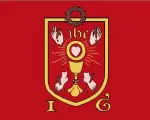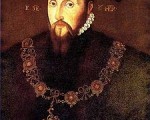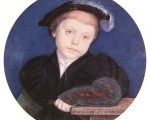As part of our Tudor Society open weekend I'd like to share three expert answers from our archives with you. Tudor Society members can submit questions and have them answered by Tudor experts. You can find more in our archives.
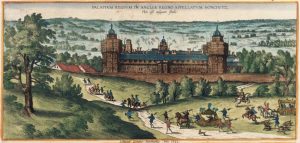
Elizabeth I arriving at Nonsuch
Thank you so much to Tudor Society member Nancy for asking this question: "If the queen had to make a potty stop between residences, how would that be accomplished? Does anyone know?"
Social historian and re-enactor Bess Chilver has answered Nancy's question, taking into account what a king would do as well. Over to Bess...
Very interesting question. Our perception of a Royal, even now in these times of minimal deference, is that of a figure, remote and almost not human. Or at least, not subject to the usual human frailties and bodily functions.
However, even a King or a Queen needs to use the (Royal) Potty sometimes, so where did they use it?
Read more...
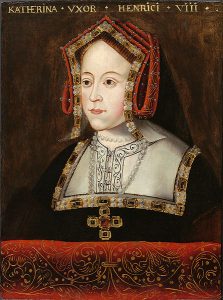
Catherine of Aragon
Thank you to Tudor Society member Angela for asking the question "Should Ferdinand of Aragon have insisted on Katherine's return when Prince Arthur died?". Historian Amy Licence, who is the author of Catherine of Aragon: An Intimate Life of Henry VIII's True Wife has answered Angela's question...
This is a complex question, because Katherine's position in England fluctuated during the period of her widowhood between 1502 and 1509. Also, we have to consider the dual impulses in Ferdinand, as a father on one hand, and as a monarch on the other, playing on the international stage, on which all his children were pawns for the furtherment of the Spanish Empire. Out of Katherine’s parents, it was Isabella of Castile who played a more active role in terms of writing to Henry VII before and after her daughter’s wedding, so she was really the commanding figure of the pair until her death in 1505. We must be careful too, with the word “should,” because it is suggestive of hindsight. We know what an awful time Katherine was to have during her widowhood and later, at the hands of Henry VIII, but back then they didn’t know how things would turn out.
Read more...
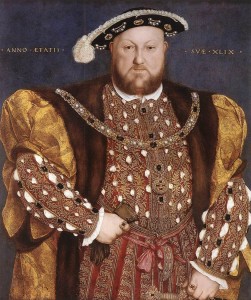 Thank you to Ana for asking "Why did Henry VIII get so fat? Was he really obese because he ate too much? Or because he was ill?". Here is Kyra Kramer's answer:
Thank you to Ana for asking "Why did Henry VIII get so fat? Was he really obese because he ate too much? Or because he was ill?". Here is Kyra Kramer's answer:
Henry was a man of large appetites, in so many ways. Until he was in his late 30s, he was an Adonis and Olympic-level athlete, and he ate to match the calorific needs of his muscular, 6'2" body. Like many athletes, he continued to eat this way even when middle age slowed down his metabolism, meaning that while he still rode and jousted as much as ever, he was getting a bit thick in the middle. We've all, I believe, seen this happen to formerly strapping men. They call it the "dad jeans" phase in America; when men start wearing jeans a little bigger, a little looser, and with a little more room in the backside. They are by no means obese, but they are no longer the ab-showing gods of their youth.
That was the stage Henry was in when he had his terrible jousting accident in January of 1536. After the accident, he never jousted again. His legs had become too weak (either from the osteomyelitis-related ulcers or from McLeod's syndrome) to hold himself into the saddle when a lance struck him. However, he did still ride long hours almost every day in hunting, and while he remained an equestrian, his girth remained in check. Sadly for the king, the ulcers on his legs began to be too painful to ride or to even move around easily. In a relatively short time period Henry changed from a sportsman to a near-invalid.
Read more...


